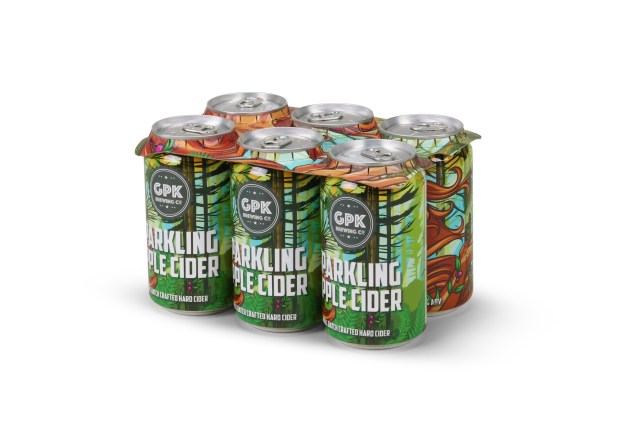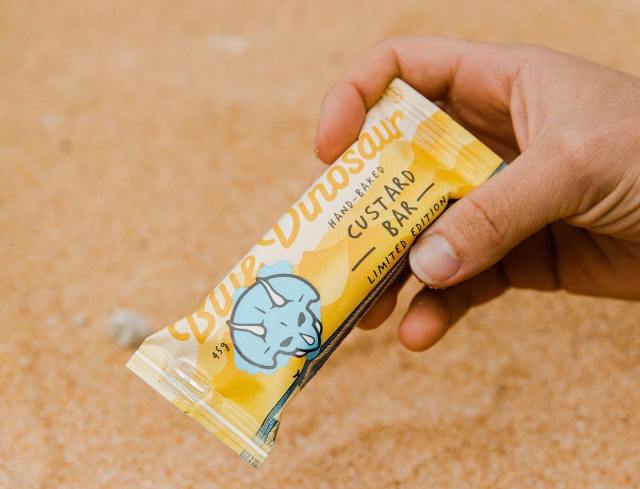
This article first appeared in the April 2025 issue of ProPack.pro magazine
As packaging manufacturers and brand owners look to develop packaging that can be labelled as ‘sustainable’, the core functionality of the packaging must be maintained.
The pack still needs to preserve the quality of its contents – providing protection both from physical damage and commonly, providing a barrier to oxygen and moisture vapour. The barrier and permeability of the pack materials is often critical in determining the shelf life of the packaged product.
The limited shelf life provided by sub- optimal materials can lead to more frequent, less economic pack deliveries and greater product waste through spoilage. The use of ‘sustainable’, but compromised materials may complicate your supply chain with no overall benefit to the environment.
Sustainability options
There are several areas that are being considered for sustainable packaging. These include:
- Light-weighting through improved pack design, manufacturing process controls and transportation
- A reduction in the complexity of the materials used in a pack, making them easier to be recycled
- Producing a more durable/functional pack which can be re-used/re-filled
- Reducing the susceptibility of the product to damage or environmental deterioration, thereby reducing the barrier requirement from the packaging.
Barrier coatings on paper-based materials or mono-plastic materials are often considered to be two of the more sustainable packaging options.
They can be made to work, but their limitations in terms of barrier and permeability performance in relation to traditional multilayer structures need to be understood.
Barrier coatings
Functional and barrier coatings may be used to prevent paper-based packaging from simply getting wet or provide some resistance to staining from greasy foods.
A more demanding requirement is to limit the ingress of oxygen or moisture vapour to extend the shelf life of the product. In essence, coatings are used to mitigate the poor performance of paper – when compared with most plastics – in applications that require some barrier performance.
Mono-plastics
Polyethylene is a popular mono-plastic material, and is an inherently good moisture barrier. In applications which require an enhanced oxygen barrier, a mono-plastic material will often need to incorporate a thin barrier layer of a second high barrier plastic, such as ethylene-vinyl alcohol copolymer (EVOH).
Care needs to be taken to ensure that the barrier layer does not undermine the recyclability credentials of the final pack.
Permeability properties
Knowing the water vapour and oxygen transmission rates of ‘sustainable’ alternative packaging materials is critical in determining their suitability for the packaging of moisture- and oxygen-sensitive products.
However, a word of caution when looking at the permeability rates quoted for barrier coated papers. The act of folding or creasing a coated paper may have a marked effect on its barrier performance unless the coating remains intact through the conversion and subsequent handling processes.
How a packaging expert can support
The Smithers team works with clients to evaluate the barrier properties, permeability characteristics and performance of their packaging materials.
This includes the following testing services for:
- Water vapour transmission rate (WVTR)
- Oxygen transmission rate (OTR)
- Physical packaging material properties
- Packaging functionality
Its ISO 17025 accredited independent laboratories provide comprehensive support for every packaging challenge. Smithers tests to a wide variety of International Standards including ISO, ASTM, Tappi, BS and ISTA, and is also part of the Amazon APASS accreditation scheme.


